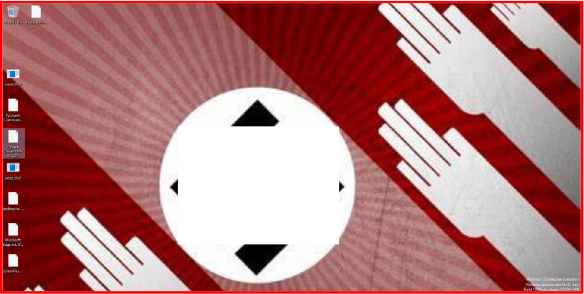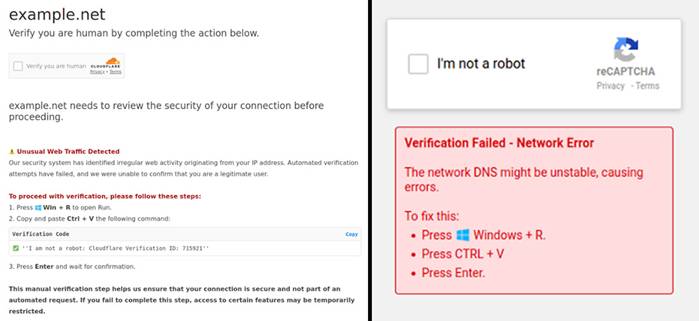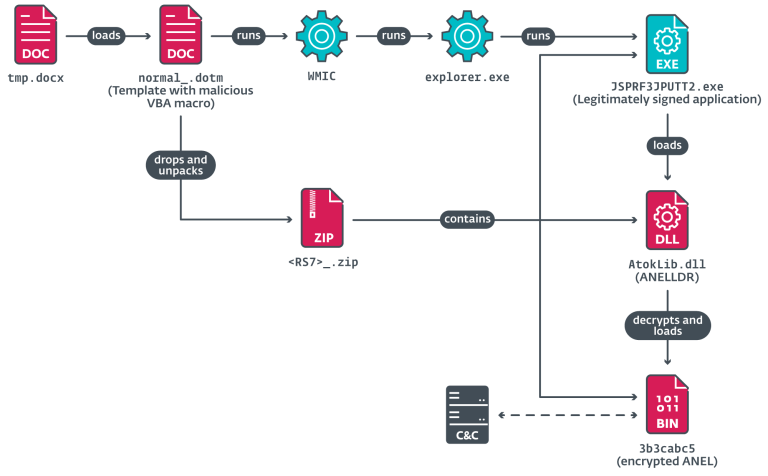
Cybersecurity researchers have uncovered a new threat—malware known as LithiumWare, which is being disseminated through open-source channels across the internet. The malicious file, with a compact size of 103 KB, possesses a wide array of destructive capabilities, including file encryption, registry manipulation, process monitoring, and clipboard data interception. Moreover, it propagates aggressively, heightening the risk of widespread infection among users.
An analysis by Cyfirma revealed that the malware employs a combination of AES and RSA encryption algorithms to safeguard encrypted data from decryption without the attackers’ unique key. The encryption operates with predefined parameters, rendering data recovery virtually impossible without the original key. Additionally, the malware dynamically generates extensions for encrypted files, further complicating their detection by cybersecurity tools.
LithiumWare exhibits strong persistence mechanisms within an infected system. It leverages multiple techniques to maintain its foothold, including automatic execution via the Windows registry, copying its executable to system directories, and masquerading as legitimate processes. Furthermore, the malware has been observed modifying the desktop background to display a ransom note, demanding a payment of up to $900,000.
One of its most insidious features is clipboard monitoring, which allows it to intercept and alter cryptocurrency wallet addresses. This enables cybercriminals to redirect victims’ transactions to their own accounts, a tactic increasingly favored by cybercriminals seeking to steal digital assets.
Beyond file encryption, LithiumWare employs built-in Windows utilities to delete shadow copies, disable system recovery mechanisms, and modify boot parameters. These actions prevent traditional data recovery methods, coercing victims into complying with ransom demands.
Dynamic analysis has shown that upon execution, the malware activates self-propagation mechanisms, copying itself to removable and network drives. This significantly accelerates the rate of infection, particularly within corporate environments. The threat is further exacerbated by the public availability of its malicious code, allowing cybercriminals to distribute compromised files on a large scale.
To mitigate such attacks, experts recommend adopting a Zero Trust architecture, network segmentation, multi-factor authentication, and stringent access controls for critical files. EDR/XDR solutions play a vital role in detecting anomalous process behavior, while email and web traffic filtering mechanisms help thwart phishing and drive-by download attacks. Organizations should also regularly update software, conduct cybersecurity awareness training, and maintain isolated, immutable backups to safeguard against ransomware threats.
In conclusion, cybersecurity specialists emphasize that LithiumWare poses a severe risk to both individuals and enterprises. Its advanced functionality makes data recovery nearly impossible without the attackers’ decryption key. Businesses must fortify their defenses and proactively monitor cyber threats to minimize potential damage and prevent catastrophic data loss.


